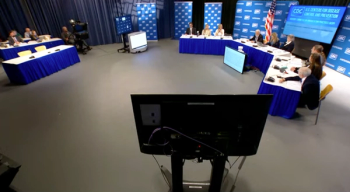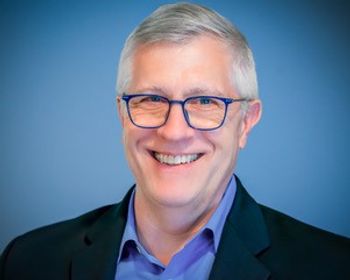
Adopt a smarter business model
If you look closely at the airline industry, there's much to learn from the leading airlines and steps they've taken to rebound from a point of weakness to a growing financial stability.
As physicians, we might not think we have much in common with the airline industry. If we look closer, however, there is much we can learn much from the leading airlines and the creative steps they've taken to rebound from a point of weakness to growing financial stability.
This made a $3.4 billion difference in 2010 alone, which is a 24% increase in revenue from 2009, according to recent federal data. How did the industry do it? Charging for bags, as well as all sorts of other extras that the customer perceives as flight options. These extras include:
The fees for the "extras" described above did not exist in the past. This provides an important lesson for physicians. We provide valuable services on a daily basis that we do not get paid for, namely after-hours encounters with patients. We are one of the only group of professionals that does not bill for phone or Internet services. Lawyers, accountants, and other professionals charge for their services, regardless of the time of day or the type of interaction. And now, with new CPT codes, we have the ability to charge for after-hours encounters. This is a simple and efficient way to add value to our practices and one that has precedent in other comparable businesses.
Making these changes is becoming increasingly imperative. Our time is becoming even more valuable. Multiple studies predict that we will most likely have as a result of healthcare reform an increased number of patients and a reduced number of medical professionals we can rely on to help provide care. The combination of charging for all our services and ensuring we are delivering them in the most efficient way possible, through better processes and technology, is critical to our success.
So how do we start to charge for these after-hours encounters? A necessary element is a documented record of the encounter so that it we can appropriately assign a CPT code. Options exist for how to create and manage these records-traditional answering services, call centers, and other staffing solutions. Emerging technology solutions, however, don't require staffing. Physicians should investigate the new telemedicine products that are becoming part of the landscape to ensure they are finding the most cost-effective, easy-to-use, and accurate method for capturing after-hours encounters and creating the records we need for future billing.
Physicians are being pushed by a variety of factors-changes in Medicare and Medicaid, national policy shifts, and increases in real estate costs and other overhead expenditures. Smart physicians must learn how to earn more for what they already do (think telemedicine). Once we, as a profession, recognize we should be paid for all the medical expertise we provide, regardless of the time of day, we can start to minimize our financial burdens and be appropriately compensated for all the important services we provide to our patients.
The author is board-certified and specializes in sleep medicine, allergy, and otolaryngology. Send your feedback to
.
The Way I See It columns reflect the opinions of the authors and are independent of Medical Economics. Do you have an experience you would like to share with readers? Submit your writing for consideration to
.
Newsletter
Stay informed and empowered with Medical Economics enewsletter, delivering expert insights, financial strategies, practice management tips and technology trends — tailored for today’s physicians.















